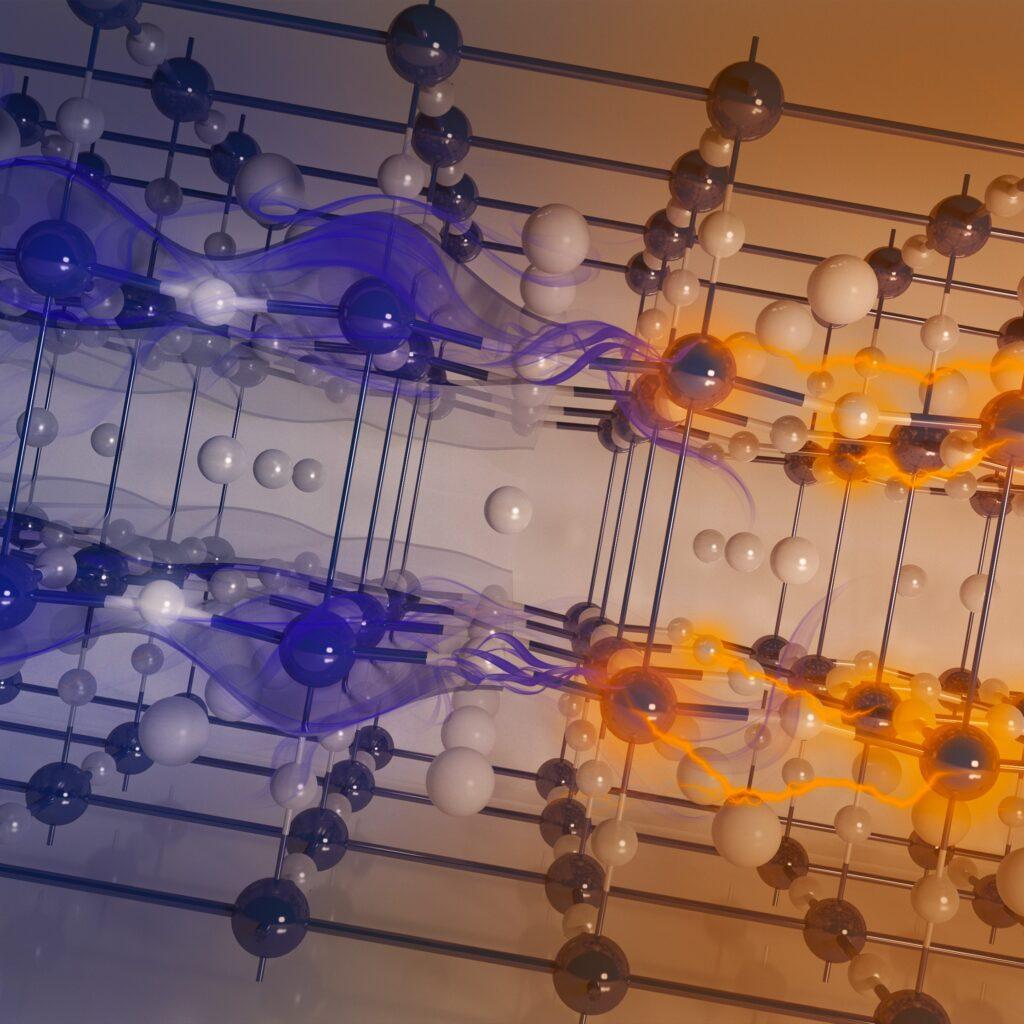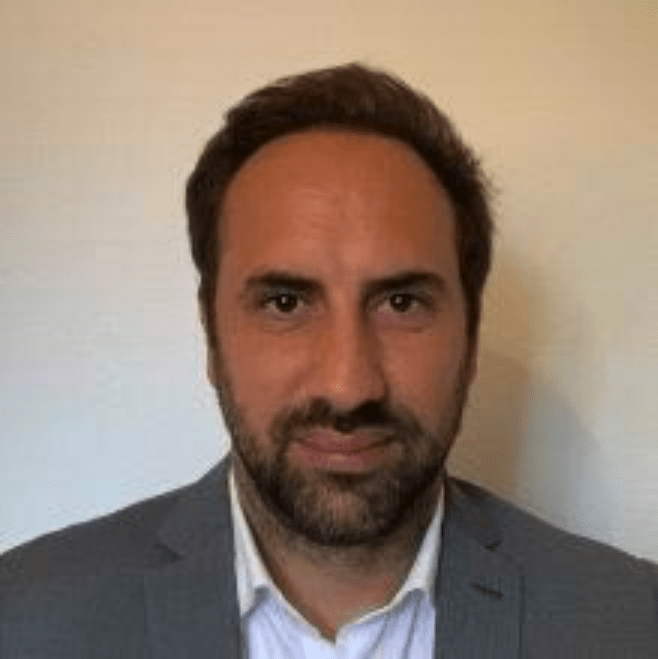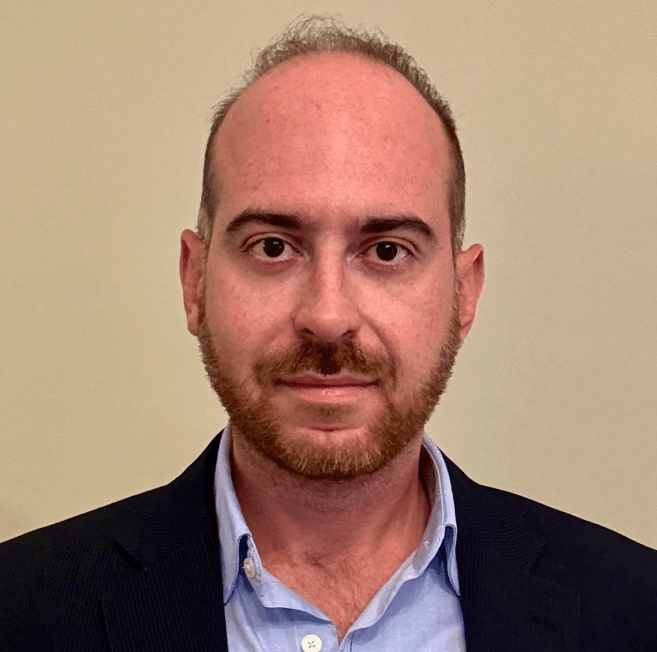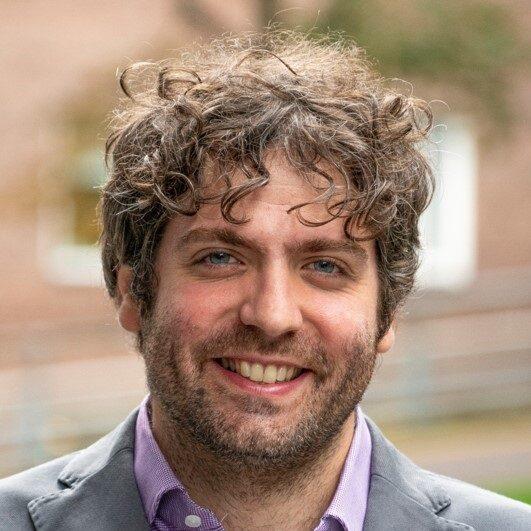
Group Activity
The “Quantum Matter and Light” (QML) Laboratory, led by Prof. Stefano Bonetti, Dr. Riccardo Piccoli, and Dr. Riccardo Arpaia, is a research group focused on exploring condensed matter systems using advanced laser technologies spanning from terahertz to extreme ultraviolet and soft X-rays. By leveraging these laser sources, the team investigates the fundamental properties of quantum materials, aiming to uncover new insights into how matter behaves at microscopic and atomic levels.
Ultrafast magnetism
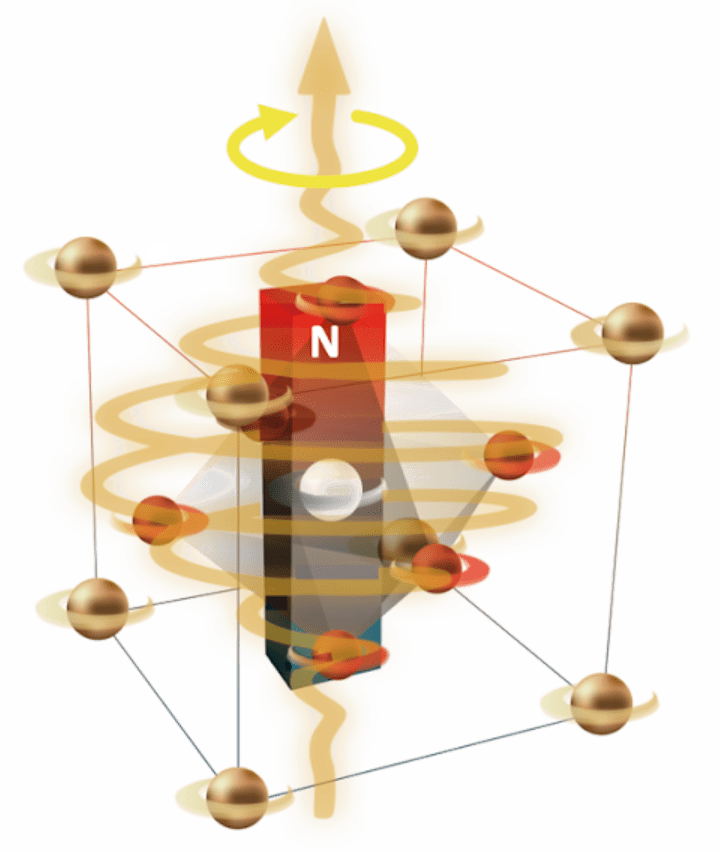
Terahertz technology
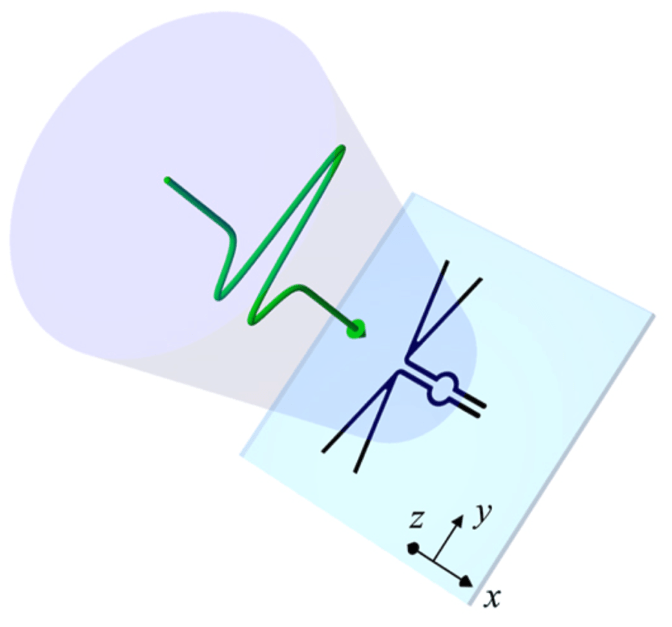
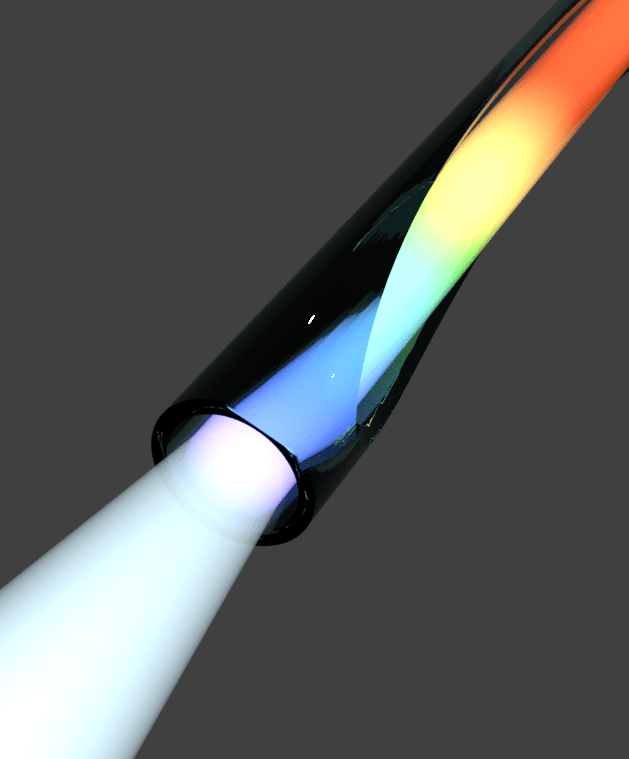
Quantum Materials Growth and Spectroscopy
The QML Laboratory is also actively engaged in the synthesis and investigation of quantum materials, with a particular focus on high-temperature superconductors. These materials are grown as thin films using pulsed laser deposition (PLD) at the cleanroom facilities of the Department of Microtechnology and Nanoscience at Chalmers University of Technology (Gothenburg, Sweden), to which the team has direct access.
By tailoring the synthesis conditions and applying external parameters such as epitaxial strain and nanoscale confinement, the group explores novel ways to control and manipulate the quantum properties of these materials. The goal is to understand how these external stimuli can enhance or suppress superconducting and correlated phases.
A key component of this research involves synchrotron-based spectroscopy, in particular Resonant Inelastic X-ray Scattering (RIXS). Through RIXS experiments carried out at leading European synchrotrons—including ESRF (Grenoble), Diamond Light Source (Oxford), and BESSY II (Berlin)—the team probes elementary excitations such as charge, lattice vibrations, spin, and orbital degrees of freedom. This allows to explore the microscopic mechanisms underpinning the macroscopic behavior of quantum materials, aiming to shed light on still-unresolved phenomena such as unconventional superconductivity.
Ultimately, by deciphering these mechanisms, the group aims to guide the rational design of next-generation superconductors with higher critical temperatures and transformative technological impact.
